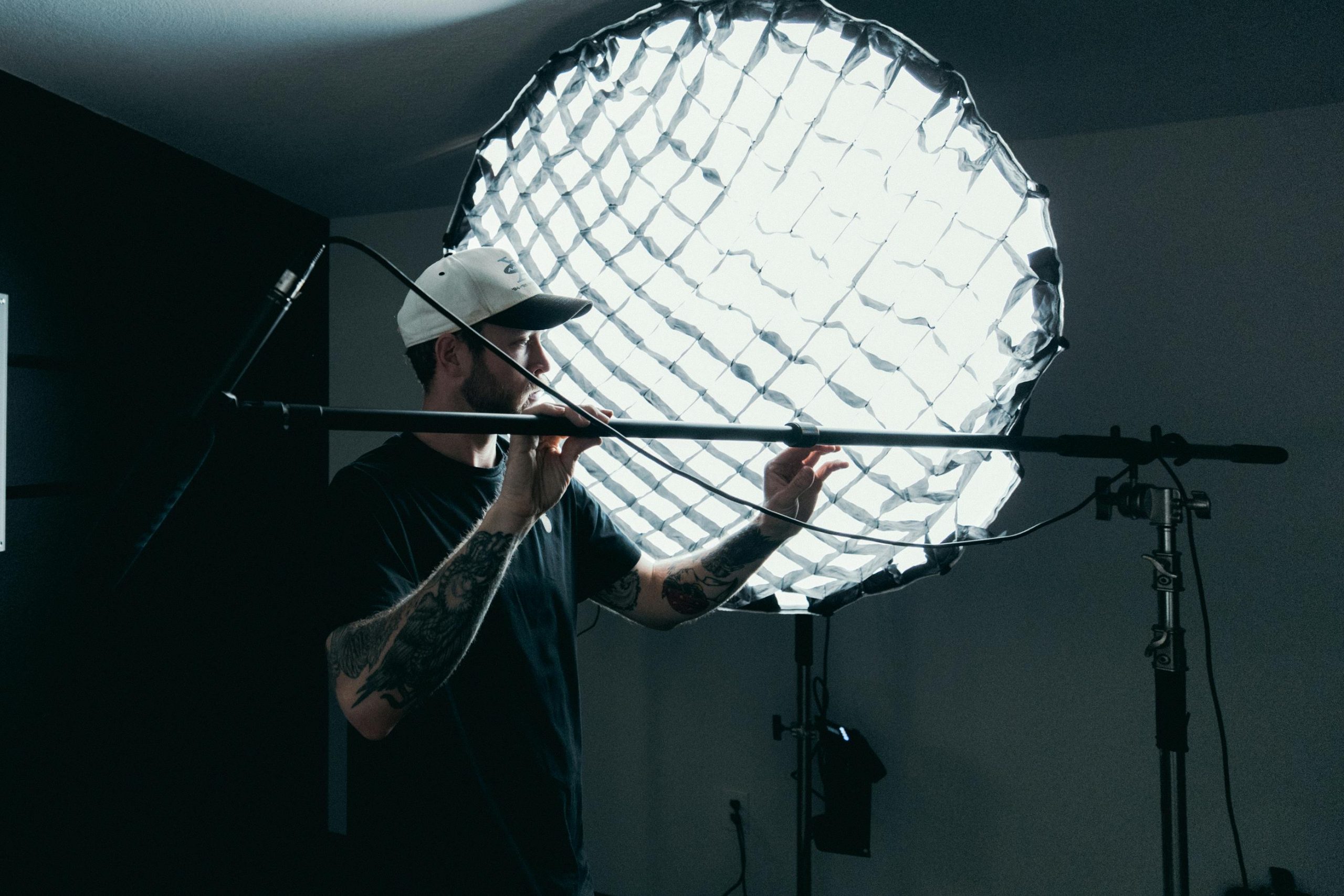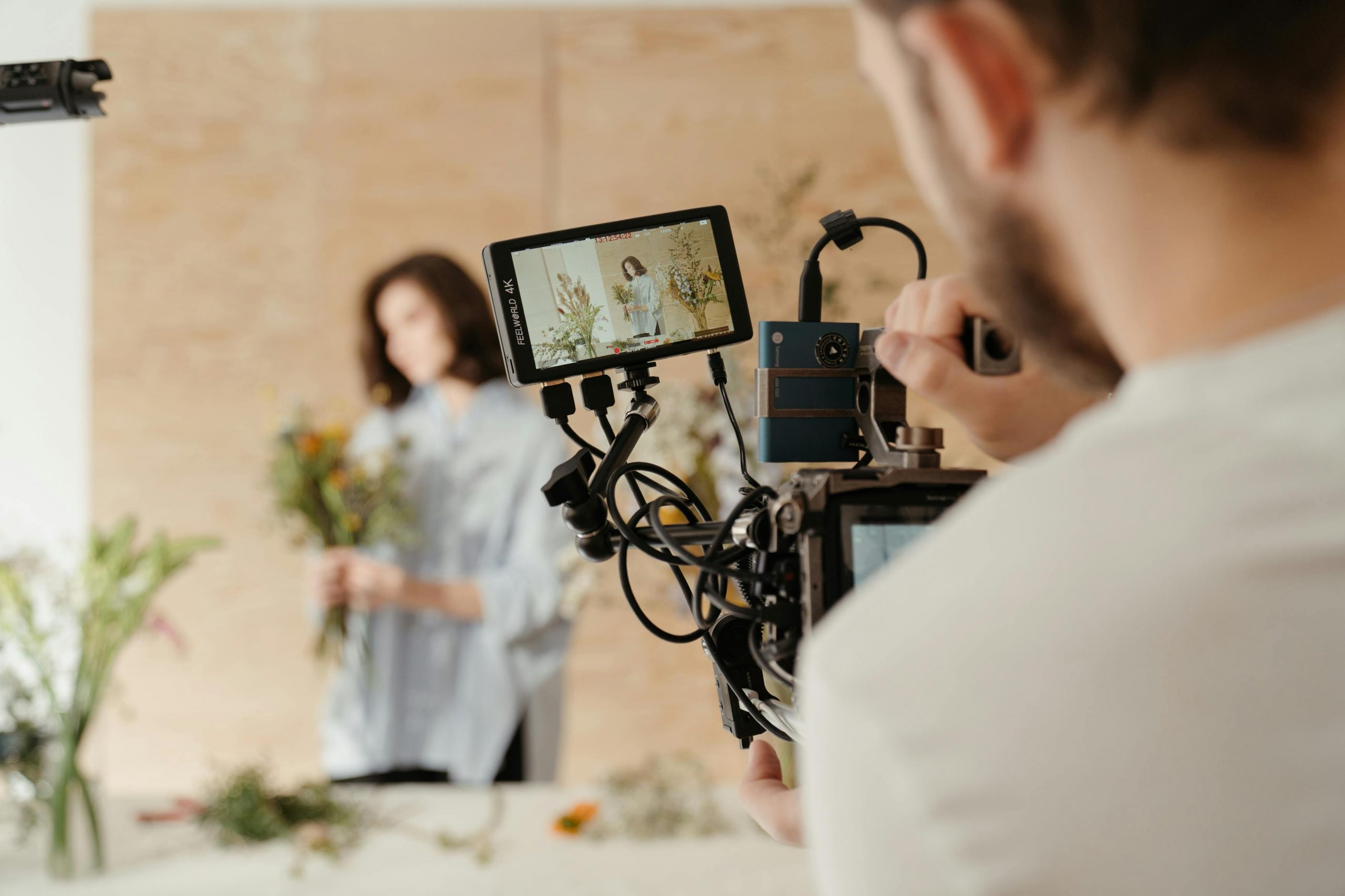Flashbacks are a cinematic storytelling tool that let audiences relive a moment from the past—often one that’s emotionally charged, nostalgic, or dreamlike. One of the most effective ways to visually distinguish these scenes from present-day moments is through high key lighting.
So why does this bright, low-contrast lighting style work so well for flashbacks? Let’s break down the reasons, how it’s done, and examples of high key lighting making flashbacks unforgettable.
What Is High Key Lighting?
Before diving into flashback scenes, let’s clarify what high key lighting actually is.
High key lighting is a lighting style that creates:
- Even brightness across the frame
- Minimal shadows
- Low contrast between light and dark areas
- A soft, airy, clean feel
This is achieved by using:
- A strong key light (main source)
- Multiple fill lights or large reflectors
- A white or neutral backdrop (often)
Comparing high key vs low key lighting, high key emphasizes brightness and clarity, while low key lighting relies on shadows and contrast to create a moodier, more dramatic effect. High key is often used in comedies, interviews, fashion photography, and—you guessed it—flashbacks.
Why Use High Key Lighting for Flashbacks?

There’s a reason this technique appears so frequently across film and TV. High key lighting helps flashback scenes feel different—and more than that, it helps them feel right.
1. It Creates a Dreamlike or Hazy Mood
Flashbacks are often not about literal memory—they’re about emotional memory. High key lighting, with its bright and washed-out look, creates an almost surreal tone. It lets the audience know: this is not the gritty present, this is a moment softened by time.
It mimics how people actually remember things—often vaguely, with details blurred out by emotion.
2. It Signals the Passage of Time
High key lighting provides an instant visual contrast between the past and the present.
- If the present-day scene is shot with naturalistic lighting or dramatic shadows, cutting to a bright, soft-lit flashback helps the audience immediately understand that we’re shifting timelines.
- It also works in reverse—many filmmakers darken present-day scenes to show how things have changed or deteriorated.
3. It Emphasizes Innocence or Simplicity
Many flashbacks focus on childhood, lost love, or “better days.” High key lighting underlines those themes with a gentle, idealized glow. It helps reflect how the character felt at the time—even if their memory isn’t accurate.
This is especially common in stories where the past is viewed through rose-colored glasses.
Examples of High Key Lighting in Flashback Scenes

High key lighting shows up in all kinds of storytelling genres. Here are a few familiar examples where it helps the flashback stand out:
TV Dramas
In shows like This Is Us, flashbacks to childhood or young adult life often use high key setups. The lighting is warmer and brighter than the present timeline, reinforcing themes of love, family, and nostalgia.
Romantic Films
Romantic flashbacks in movies like The Notebook use soft, natural high key lighting during moments of young love. It supports the dreamy, idealistic tone.
Psychological Thrillers
Even in darker genres, high key lighting in flashbacks can work to emphasize emotional contrast. In Black Swan, for example, certain flashbacks are bright and overexposed—reflecting fractured, idealized memories.
How to Set Up High Key Lighting for Flashbacks
You don’t need a Hollywood set to recreate this look. Whether you’re shooting for film, web, or creative content, here’s how to set up high key lighting for your own flashback scenes.
Key Lighting Tips
- Use a large, soft key light—like a softbox or umbrella light
- Place it slightly off-center for a natural glow
- Avoid hard light sources that cast sharp shadows
Fill and Background Light
- Add fill lights on the opposite side to reduce shadows
- Use bounce boards or reflectors to maintain even exposure
- Light the background separately to prevent fall-off or hot spots
Camera Settings
- Slight overexposure can enhance the dreamlike feel—but don’t blow out the image
- A wide aperture (low f-stop) helps soften depth of field and blur the background
- Lower contrast settings in-camera or in post-production
Should You Always Use High Key Lighting for Flashbacks?
Not necessarily. While high key lighting is a classic choice, it’s not a rule. You should choose your lighting based on the emotional tone and point of view of the character.
Here’s when high key lighting works best:
- The flashback is fond, idealized, or romanticized
- The memory is from childhood or a “golden” time
- The visual tone is meant to contrast sharply with a dark or gritty present
Avoid it if:
- The flashback involves trauma or dark revelations
- You want the past to feel raw or unfiltered
- The memory is distorted or unreliable in a sinister way
In those cases, low key or naturalistic lighting might be a better fit.
Bonus: High Key Lighting Alternatives for Flashbacks
If you want your flashbacks to stand out but don’t want the high key look, here are other visual tricks filmmakers use:
- Lens Flares or Light Leaks – To suggest a soft, hazy memory
- Sepia or Cool Tones – For a vintage or emotionally detached feel
- Slow Motion or Handheld Camera – To differentiate rhythm and style
- Desaturation – To imply faded or decaying memory
High key lighting is just one tool in your visual toolkit—but it’s a powerful one.
Wrapping Up
High key lighting works for flashback scenes because it taps into how we feel about the past—not how it literally looked. It creates a soft, emotional contrast that’s perfect for stories about love, longing, innocence, or loss.
Whether you’re a filmmaker, cinematographer, or content creator, mastering high key lighting gives you more control over your storytelling. Just remember: lighting isn’t just technical—it’s psychological. And with flashbacks, it’s all about mood.
Use it thoughtfully, and your flashbacks will not only look different—they’ll feel different.
